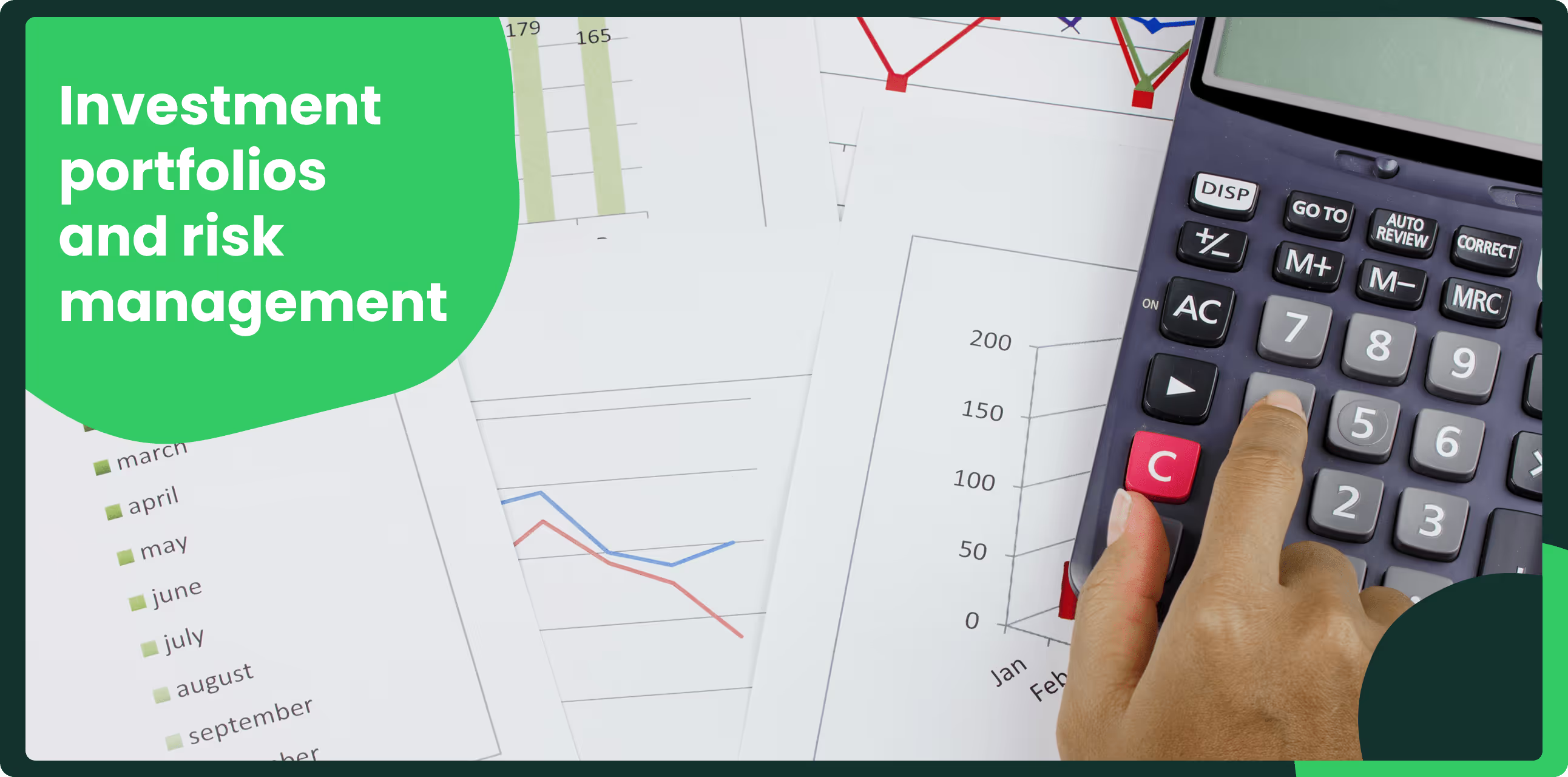It’s never a bad time to assess your investment portfolio and make sure it’s in tune with your risk profile and requirements.
Over time, investment portfolios can become unbalanced due to the different elements performing at differing rates of growth. When this happens, you can buy and sell funds to return it to the original risk profile or reassess your portfolio if your overall objectives have changed.
The general rule of thumb is that the younger you are and the further away you are from the time when the money is needed (e.g., a house purchase or retirement), the more risk you can tolerate. Markets go down as well as up, but over the long term, investing in stock market funds tends to provide the best results.
Conversely, regardless of your age, short-term financial requirements are best served by easy-access cash deposit accounts. This could include Money Market funds, which invest in very short-term Bonds and deposit instruments, but most people would hold funds in a Bank Account.
Let’s have a look at the basic elements of most people’s investment portfolios:
Cash
Whilst cash investments aren’t generally suitable for long-term investment, it’s always wise to hold cash to take care of short-term savings requirements or to create an emergency fund for unexpected expenses. Most people retain around 6 months to one year’s income in cash.
In times when markets are under pressure, no one wants to sell assets to fund income requirements, so retaining cash in investment portfolios is an important part of managing pensions or investment plans used to provide an income.
Another use of cash within an investment portfolio is to hold a small amount designed to take advantage of opportunities that arise. In this case, it is crucial to have an investment platform that can buy funds or securities quickly and efficiently.
Bonds
The next step up the risk ladder is Bonds. Governments or companies can issue these, and they are available throughout the global economy.
It’s important to note that Bonds issued by developed-world governments are generally less risky than those issued by emerging-market countries. Similarly, government Bonds are usually less risky than those issued by corporates. This is primarily due to the increased risk of default on interest payments by the company or government. This is a real risk, as we have seen with certain Latin American countries that defaulted on their Bond obligations in the 1980s and 1990s.
It's far less likely that developed world countries would default, although the USA government Bonds were temporarily downgraded recently as debt levels were getting out of control.
Bonds pay a fixed level of income to the purchaser by the seller and can be inflation-linked. In normal times, bonds play a valuable role in portfolios, as they are low-risk investments that tend to rise slowly but steadily. It’s essential to be aware, however, that the capital values of Bonds can change over time, which can significantly impact the value of the fund. This doesn’t happen very often, but the combination of ‘Quantitative Easing’ followed by ‘Quantitative Tightening’ after government interventions related to the 2008 financial crisis and Covid-19, and a poorly constructed UK budget in 2022, affected Bonds adversely, with some experiencing falls in capital values of 30%+
As we now expect interest rates to fall in the medium term, I doubt we’ll see the same happen in reverse, but the general outlook for Bonds is much improved.
Equities
Equities are probably the most popular holding in most people’s portfolios. There’s a good reason for this, as they have consistently outperformed cash and Bonds in the medium to long term, as well as providing returns above inflation. It’s essential to be aware that Equity funds are based on the value of shares in the companies in which they invest. As such, they are subject to some volatility as share prices rise and fall either in line with the global market or specifically according to the fortunes of particular sectors and industries.

From time to time, equity markets are exposed to systematic and non-systematic risk. Systematic risk typically refers to global events or government policies that impact all markets simultaneously. An example is the 1987 global crash, which adversely affected all investment funds. As such, diversification of a portfolio won’t usually eliminate this type of risk.
An example of non-systematic risk is the technology bubble at the end of the 1990s, during which IT stocks were particularly severely affected. A well-diversified portfolio does offer some protection, as only the securities in the specific sector would be affected.
Alternatives
Alternative investments, such as commodities, commercial property, and works of art, can also play a role in constructing a diversified portfolio.
They tend to perform independently of Bonds and Equities, but care must be taken when considering their inclusion in a portfolio.
Property funds can be ‘gated’ at very short notice. This means that no new money is allowed in, and no existing investors are allowed to withdraw money. Gating is usually a temporary measure to protect the fund from having to sell properties to fund outflows. Clearly, selling at the wrong time or at prices which are too low will have a negative effect on the fund’s value. Fund managers who gate funds must reopen them as soon as possible, and values may well return to normal; however, this consideration should be taken into account when establishing a risk profile.
Commodities such as Gold, Silver and Wheat (amongst many others) are dependent on supply and demand. As a result, prices fluctuate according to market conditions. Gold has performed very well in recent years, as it is seen as a hedge against falling US dollar values.
Works of art and similar objects can fluctuate in value quite dramatically. Sentiment drives prices as much as anything else. When a particular artist is popular, their paintings tend to increase in value. If the same artist’s work is suddenly out of fashion, the reverse happens.
Tax
Any investment portfolio should always attempt to minimise taxation while maximising growth. In the UK, ISAs are very popular due to their favourable tax treatment.
Similar products are available to expats in various EU countries, including Spain, Portugal, and France. This range of investment products is exempt from Capital Gains Tax and Dividend/Income tax. They also offer low-tax ways of generating income for those who use their investments for this purpose.
Conclusion
For most investors, diversification and targeting the time when money is required will help manage risk effectively and help create a logically allocated portfolio.
Liquidity is important, as well as ensuring your portfolio is invested in a way that beats inflation. Therefore, striking a balance between long-term growth assets and less risky securities is vitally important.
Always remember that investments can go down as well as up. The more diversified a portfolio is, the more protection you will have.
If you would like to find out more about investment portfolios and risk management, please complete the form below:
https://axis-finance.com/contact







.avif)
